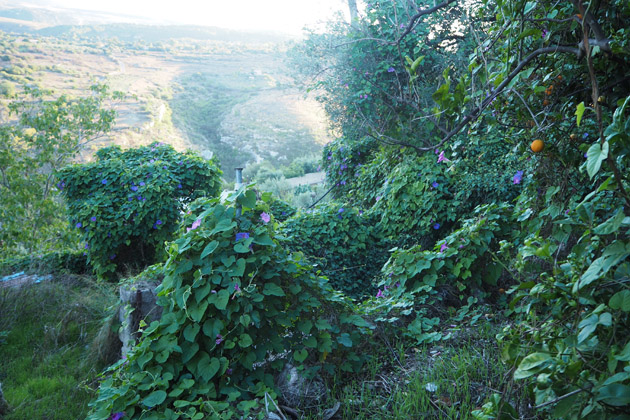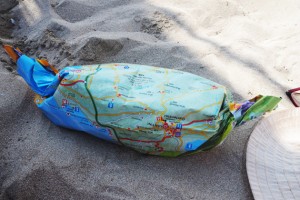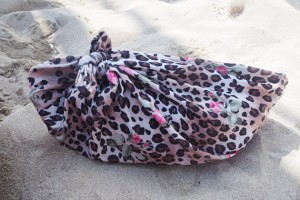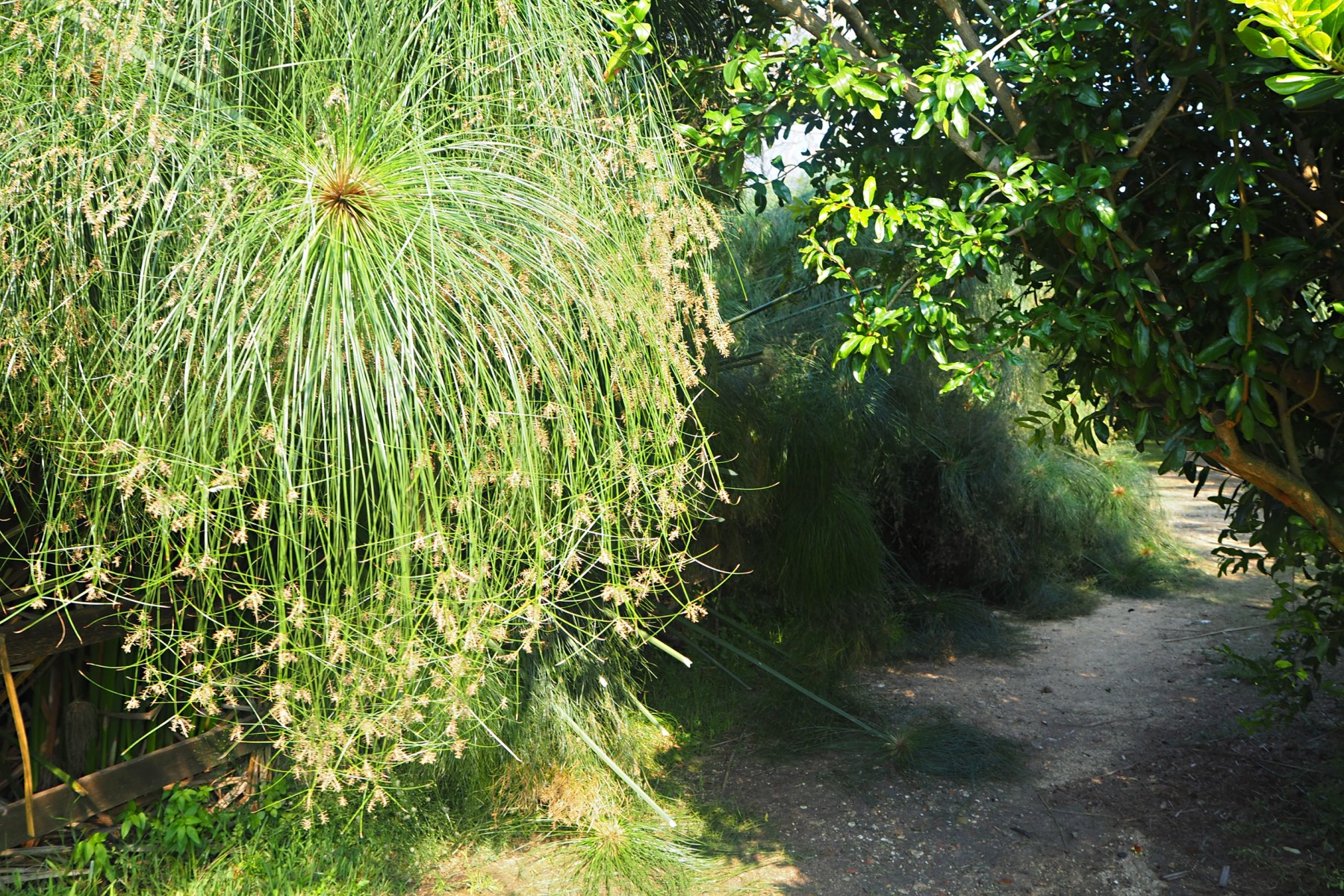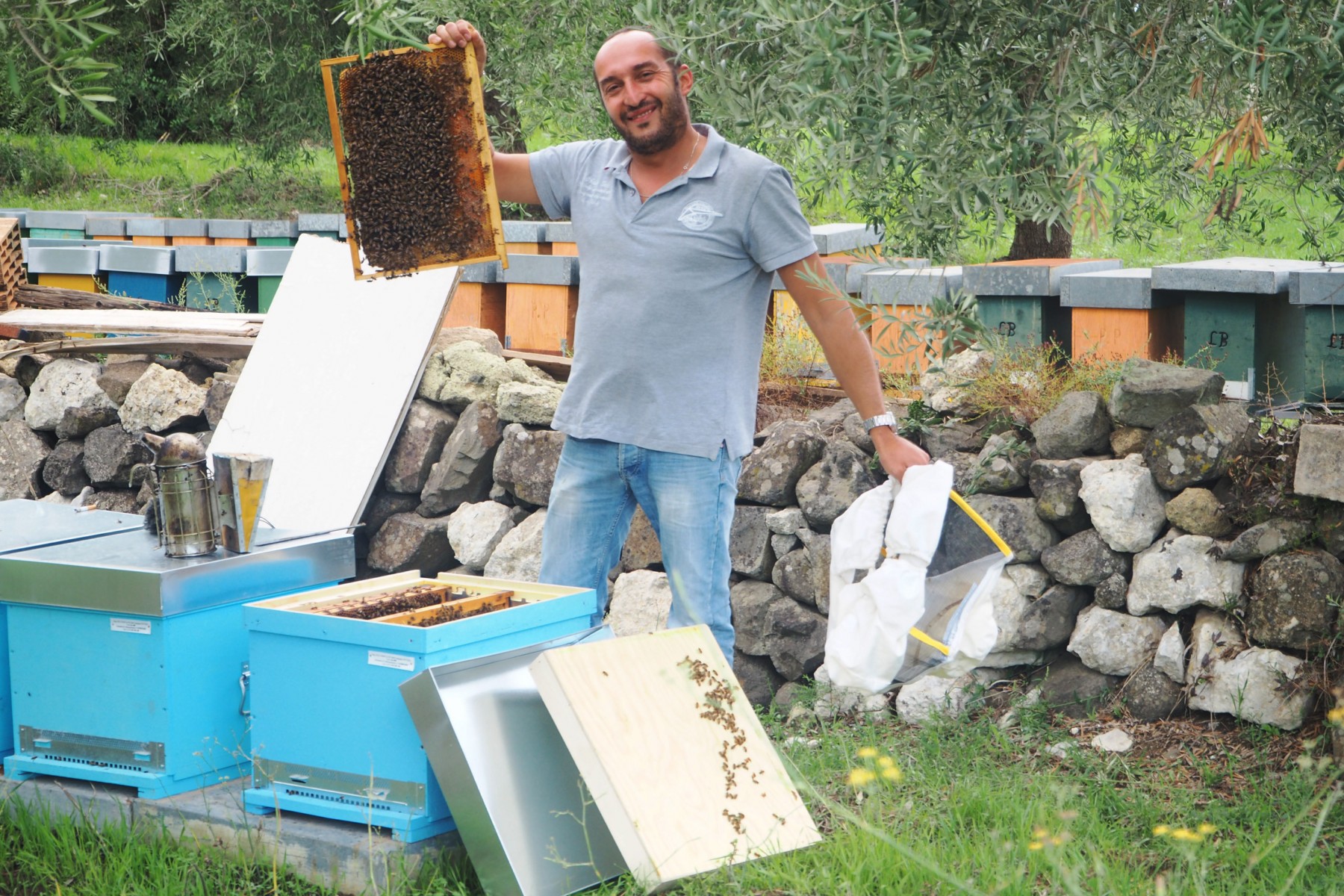
[Übersetzung folgt] The Sortino Honey Festival starts on the 23rd of September, a three day fiesta dedicated to this most cherished product of the region: Hyblean Honey. A definite reason to visit one of Sortino’s most reknowned bee farmers.The honeys of the Sortino region are famous for their delicate aromatic mixture of sweetness and character. The honey making culture here is one of the oldest in the world. Hyblean Honey is only produced within a small region of Sicily and the towns of Sortino, Ragusa and Ferla belong to the heart of it.

Gianfranco Pagliaro is a beekeeper in the 4th generation already. There are 4-5 professional apiculturists made their home in the region and there are many more that produce on a smaller and more private scale.
Signore Pagliaro owns about 400-500 hives that are located in different parts of the country. Asked about the amount of honey that gets produced in a year, he says that this can be very different, depending on the weather and the flowering seasons of plants. Our aim that day was twofold: a) recording the sound of bees in their box b) capturing a true Sicilian song. Together with the musician Sebastiano, Gianfranco and me set our to visit his farm that is located some kilometres outside of town.
The wide room inside the farm hosts three big steel containers, a work table, staples of new as well as used bee homes; a side room serves as an office. The containers currently hold three kinds of honey: Thyme, Millefiori and Eucalyptus.
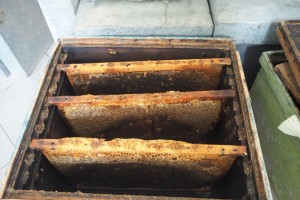
To keep the bees from stinging while putting the microphones into the bee box Gianfranco brings up a traditional “smoke machine” with an attached bellow:
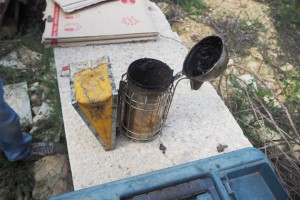
While the recording is made, Signore Pagliaro comes forth with his truest treasure: a spirit made from honey. Each beekeeper of the region does his/her own version of this but all of them keep the recipe secret, it is only delivered from father to son.
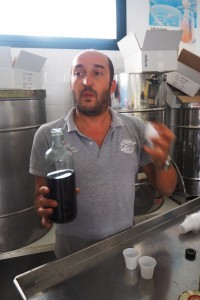
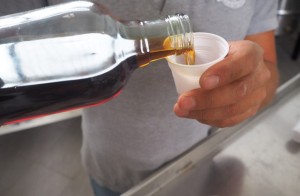
In order to describe its taste one would have to write a poem… enough said!
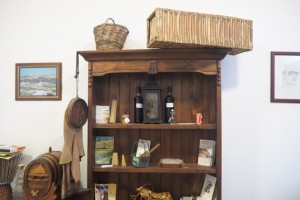
In his office Gianfranco shows us the picture of his grandfather fabricating one of the boxes then used as beehives by hand. One of these still sits on top of his shelf.
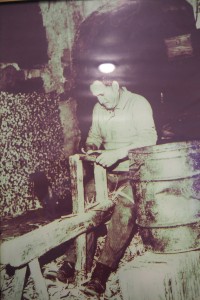
Of course we have a degustation. While Millefiori (onethousand flowers) is the offinical “wildflower honey” of Siciliy and probably the one best known in the world, Signore Pagliari also produces thyme honey and the eucalyptus and orange blosssom kinds. Thyme is the sublest in taste while eucalyptus is the darkest, in mood as well as in colour. There was no orange blossom honey this year, alas: It has been unusual and the reason for it is unknown yet, but the flowering of the orange trees this year was very poor and so: No orange blossom honey in 2016!
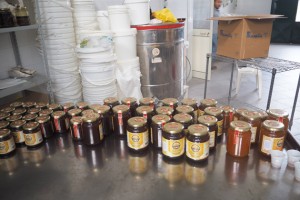
After tasting the honey and some more shots of the miraculous honey spirit we came to the musical part.

All recordings can be accessed on this blog, not now though, but in a later update :)
Read More












